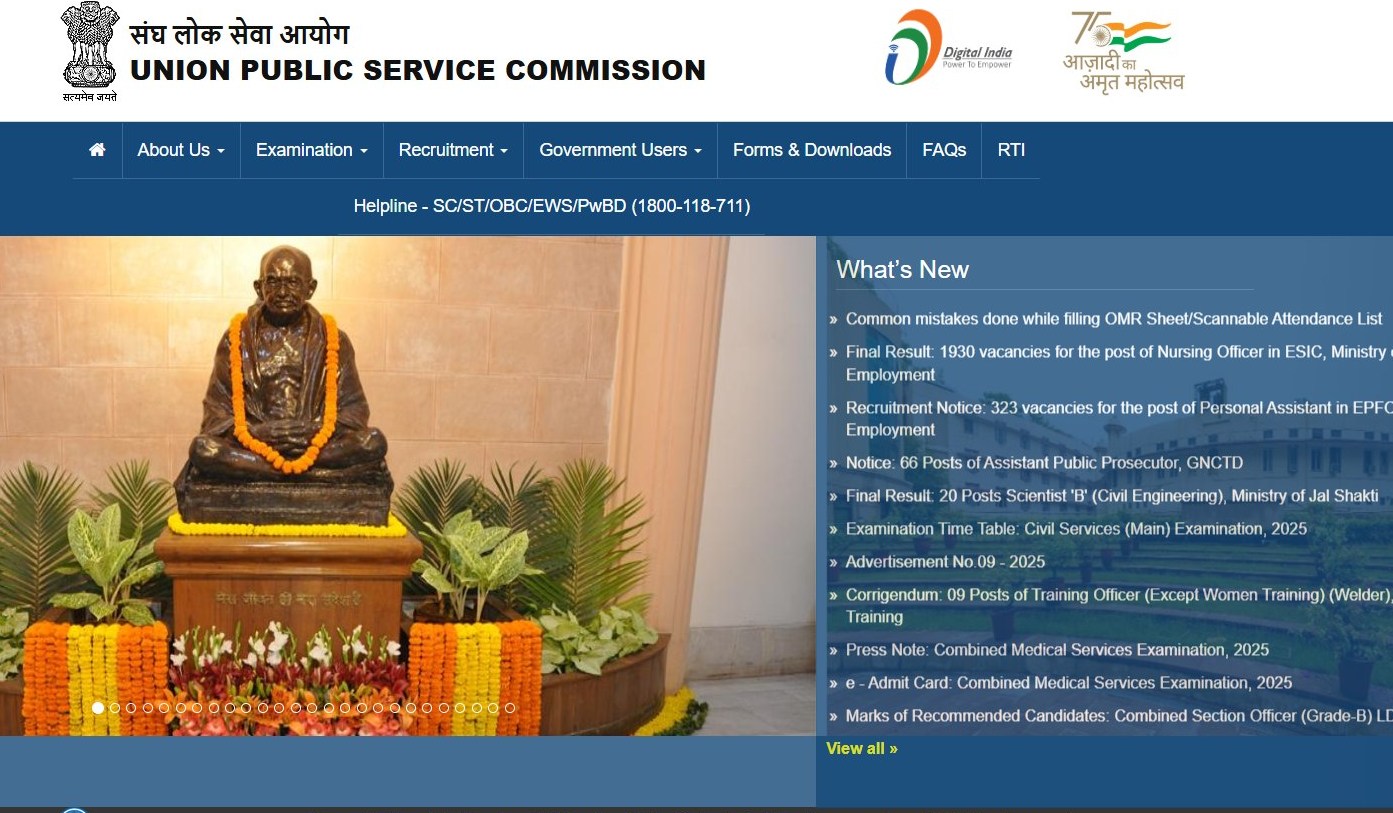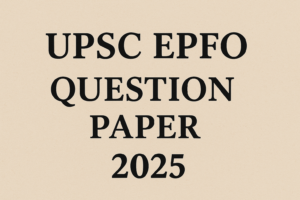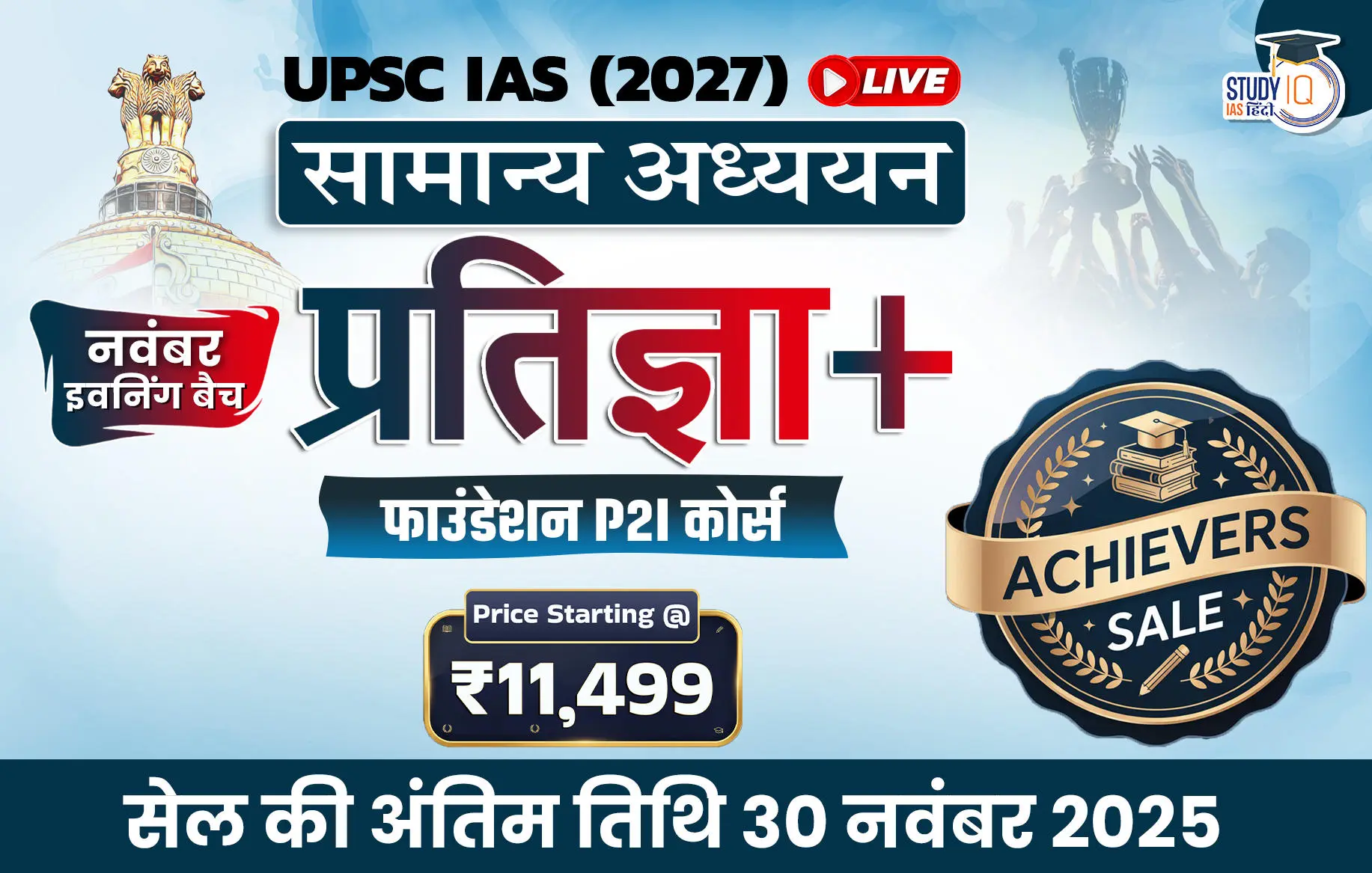Table of Contents
The UPSC Mains GS Paper 1 2025 was held on 23rd August 2025 in the forenoon session (9:00 AM to 12:00 Noon). With a marking of 250 marks, this paper examined candidates on Indian Heritage & Culture, History, Indian Society, and Geography. Aspirants nationwide have been waiting with bated breath for an organized analysis of the paper, and the UPSC
Mains GS Paper 1 Analysis 2025 by StudyIQ is of great value in terms of the level of difficulty, subject trends, and topic coverage.
This piece presents a detailed UPSC Mains GS Paper 1 Analysis 2025 difficulty-wise and topic-wise distribution to enable aspirants to gauge the paper properly.
UPSC Mains GS Paper 1 2025 Overview
The UPSC Mains GS Paper 1 2025 was balanced and moderately difficult, testing both factual clarity and critical analysis. While Geography dominated the paper, Society questions stood out for their analytical demand. History and Culture were asked from conventional areas but required depth in presentation.
| Particulars | Details |
|---|---|
| Exam Name | UPSC Civil Services (Main) Examination 2025 |
| Paper | General Studies Paper I (GS 1) |
| Date of Exam | 23rd August 2025 (Saturday) |
| Time | 9:00 AM – 12:00 Noon |
| Total Marks | 250 |
| Sections Covered | Indian Heritage & Culture, History, Indian Society, Geography |
| Overall Difficulty Level | Moderate (Balanced between static & analytical) |
UPSC Mains GS Paper 1 Analysis 2025 With Solution
The UPSC Mains GS Paper 1 2025 was conducted on 23rd August, covering Indian Heritage & Culture, History, Indian Society, and Geography. The paper was moderately challenging with a good balance of static and analytical questions. Geography was the longest with resource distribution and tectonics, and Society tested thinking. In-depth solutions with explanations assist aspirants in comprehending approach-based answer writing and enhancing preparation for subsequent mains exams.
UPSC Mains GS Paper 1 2025 Difficulty Level
| Section | No. of Questions | Difficulty Level | Examples from Paper |
|---|---|---|---|
| Indian Heritage & Culture | 3 | Moderate | Harappan Architecture, Chandella Art, Akbar’s Syncretism |
| History | 3 | Moderate–Difficult | Jotirao Phule, Post-independence consolidation, French Revolution relevance |
| Indian Society | 4 | Moderate | Globalisation & Consumer Culture, Fast Food Industry, Tribal Development |
| Geography | 10 | Moderate | Tsunami, Climate Change & Island Nations, AI in GIS, Ganga Basin Population, Tectonics |
Analysis:
-
Easy Questions: Harappan Architecture, Tsunami, Solar Energy, Smart Cities.
-
Moderate Questions: Chandella Art, French Revolution, Ganga Basin Population.
-
Difficult/Analytical: Civil Service Ethos, Globalisation, AI in Planning, Tribal Development.
Subject-wise Distribution – UPSC GS Paper 1 (2025)
-
Indian Heritage & Culture (15%) – Focused on architecture & syncretism traditions.
-
History (15%) – Covered reform movements, world history, and post-independence India.
-
Indian Society (20%) – More analytical & opinion-based questions.
-
Geography (50%) – Heavy focus on resources, tectonics, climate, and population.
Trends Compared to Previous Years
-
Rise in Contemporary Issues – Questions linked with technology (AI, drones, GIS) and environment (climate change, sustainable growth).
-
Consistent Weightage to Society – Analytical questions demanding aspirants’ viewpoints.
-
Geography Dominance – Resource distribution, tectonic movements, and applied planning questions made geography the largest share.
-
Culture Remained Static – Art & architecture themes continued as predictable areas.
UPSC Mains GS Paper 1 Analysis 2025 – Key Takeaways
-
Balanced Distribution: All four areas (Culture, History, Society, Geography) received fair coverage.
-
Static + Dynamic Mix: The paper included traditional topics like Harappan architecture, Chandella art, and Akbar’s syncretism, along with contemporary issues such as AI, climate change, smart cities, and fast-food culture.
-
Analytical Depth Needed: Questions on globalization, civil service ethos, and tribal development required critical thinking beyond rote learning.
-
Geography Dominated: More than 40% of the questions were geography-oriented, reflecting UPSC’s evolving emphasis on environment, resources, and human geography.


 UPSC EPFO Answer Key 2025 Out (Unofficia...
UPSC EPFO Answer Key 2025 Out (Unofficia...
 UPSC EPFO Question Paper 2025 PDF Downlo...
UPSC EPFO Question Paper 2025 PDF Downlo...
 UPSC EPFO Admit Card 2025 Out @ upsc.gov...
UPSC EPFO Admit Card 2025 Out @ upsc.gov...

























